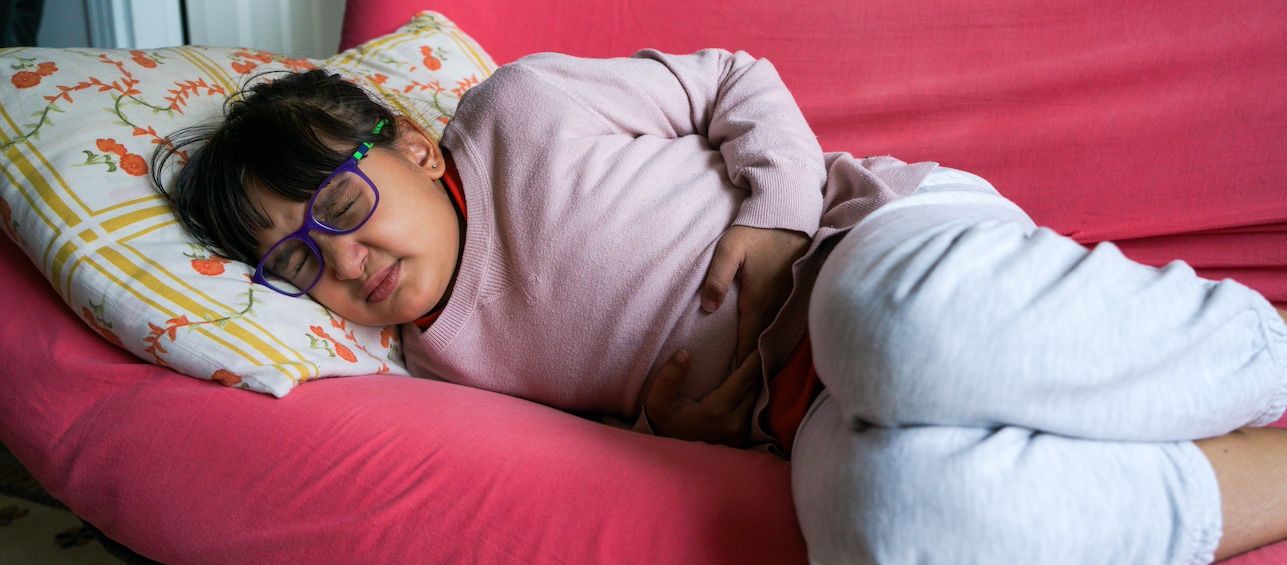An experimental chemo-radiation treatment is being tested in newly diagnosed cases of high-risk neuroblastoma – a deadly, hard-to-cure childhood cancer.
The experimental radiopharmaceutical, 131I-MIBG, has already shown encouraging results in reducing tumor size in children with relapsed and resistant neuroblastoma.
 This has prompted doctors in a multi-center pilot clinical trial being led by Cincinnati Children’s oncologist Brian Weiss, MD, to see if the innovative combination therapy can improve cure rates for newly diagnosed children and young adults.
This has prompted doctors in a multi-center pilot clinical trial being led by Cincinnati Children’s oncologist Brian Weiss, MD, to see if the innovative combination therapy can improve cure rates for newly diagnosed children and young adults.
Unlike some diseases, there is no single detectable biological sign of neuroblastoma, so it’s hard to catch early. Children who relapse usually don’t survive more than a few years. “We want to see if giving this intense treatment right after diagnosis will safely decrease the chances of the cancer coming back,” says Weiss.
Standard treatment for neuroblastoma normally includes several rounds of chemotherapy combined with surgery and external radiation.
In the current trial, a round of chemotherapy will be replaced by an injection of 131I-MIBG combined with the chemotherapy drugs. The chemotherapy drugs will kill some of the cancer cells and, according to research, may help 131I-MIBG do a better job of eradicating tumor cells, without damaging other healthy cells.
WATCH an interview with Dr. Brian Weiss and READ MORE about the study on our website newsroom.
About Neuroblastoma
Neuroblastoma is a rare disease in which a solid tumor (a lump or mass caused by uncontrolled or abnormal cell growth) is formed by special nerve cells called neuroblasts. Normally, these immature cells grow and mature into functioning nerve cells. But in neuroblastoma, they become cancer cells instead.
Neuroblastoma most commonly starts in the tissue of the adrenal glands, the triangular glands on top of the kidneys that produce hormones responsible for controlling heart rate, blood pressure, and other important functions. Like other cancers, neuroblastoma can spread (metastasize) to other parts of the body, such as the lymph nodes, skin, liver, and bones.
Children diagnosed with neuroblastoma are usually younger than 5 years old, with the majority of new cases occurring among those younger than 1 year old.




